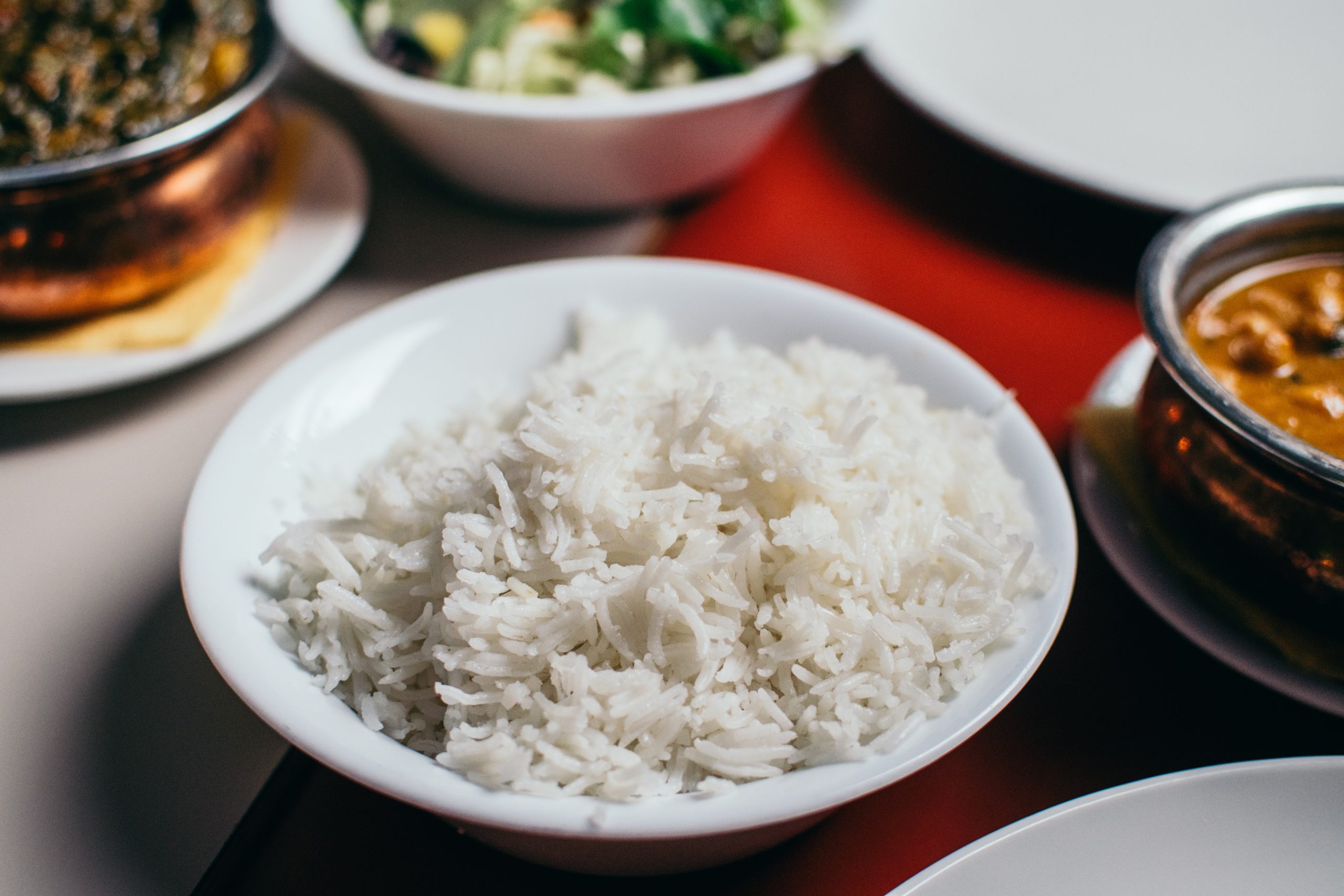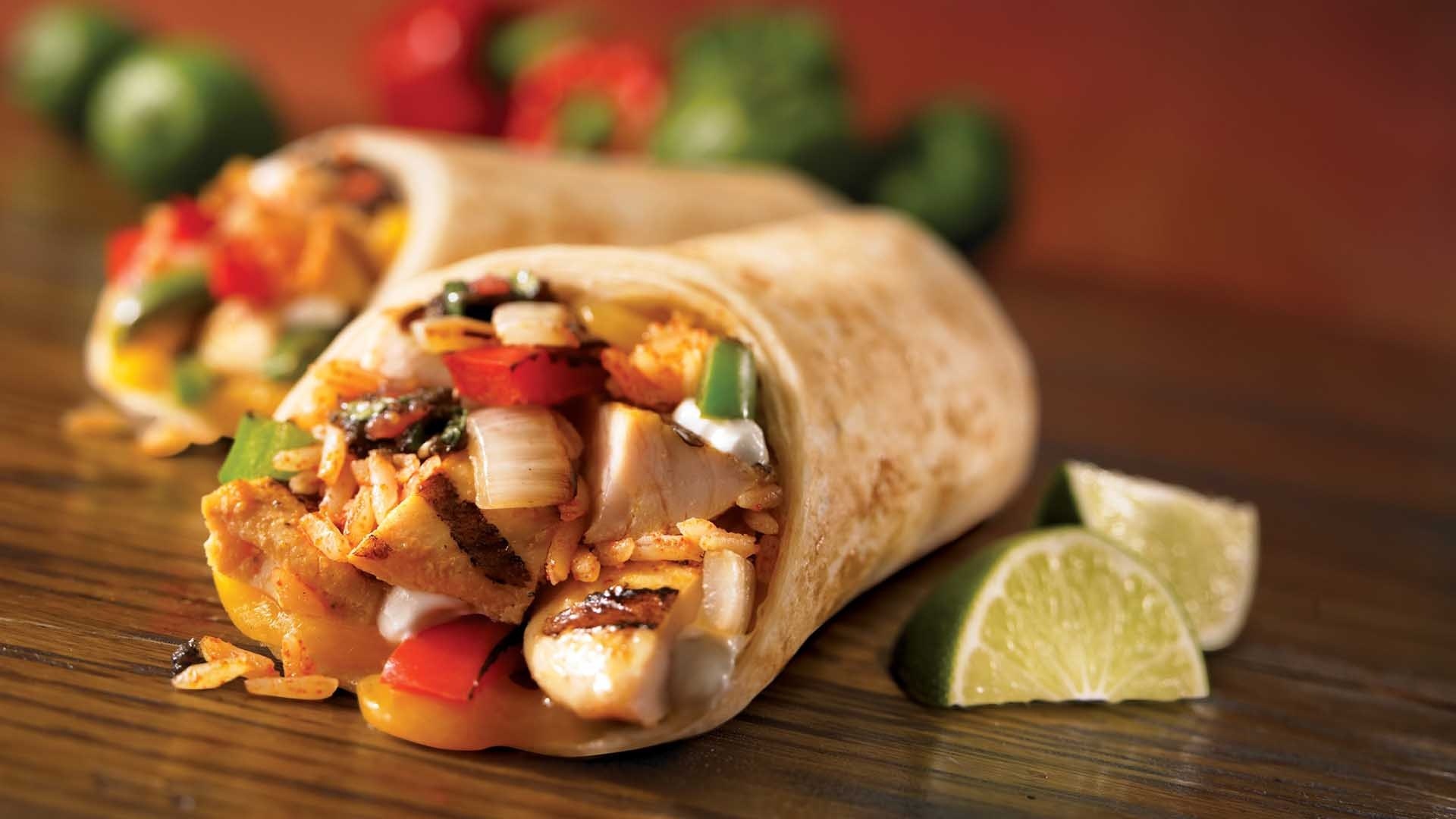Are you constantly asking for the healthiest rice option when dining out or grocery shopping? While it’s great to prioritize your health, this might not be the right question to ask. The truth is that there are different types of rice with varying nutritional values and benefits, making it challenging to determine which one is truly the “healthiest”. In this blog post, we’ll explore why asking for the healthiest rice may not lead you down the right path towards a balanced diet. Instead, we’ll share practical tips on how to choose the best type of rice for your unique needs. So let’s dive in!
The Problem with asking for the Healthiest Rice
When we ask for the healthiest rice, we might have good intentions at heart. We want to make healthy choices and prioritize our well-being. However, this question is not as straightforward as it may seem.
Firstly, there isn’t a universal definition of what constitutes “healthy” rice. Some people might consider brown rice to be the healthiest option due to its high fiber content and low glycemic index. Others might argue that black rice or red rice are more nutritious since they contain higher levels of antioxidants and vitamins than other varieties.
Additionally, even if we could agree on a specific type of rice being the healthiest, that doesn’t mean it’s automatically the right choice for everyone. Our dietary needs and preferences vary based on factors such as age, gender, activity level, and overall health status.
Focusing solely on finding the “healthiest” option can lead us astray from considering other important aspects such as taste, texture or cultural significance when choosing what foods to eat.
Asking for the healthiest rice is not necessarily wrong but keep in mind there are many factors you should take into consideration before making your final decision about which is best suited for you!
The Reality of What We Eat
The reality of what we eat is often far from what we think it is. While we may ask for the healthiest rice, there are many factors that impact the nutritional value of the food we consume. For example, modern farming methods have decreased soil quality and led to a reduction in essential nutrients found in crops.
Furthermore, processing techniques can also strip away important vitamins and minerals from our foods. Many packaged products contain added sugars or preservatives that can harm our bodies if consumed regularly. Even seemingly healthy options like brown rice may contain trace amounts of heavy metals due to environmental pollution.
It’s not just about what we eat but how much as well. Portion sizes have increased drastically over time leading to an increase in calorie intake and subsequent weight gain. Additionally, eating on-the-go has become more common which leads to unhealthy snacking habits rather than mindful meal times.
Choosing the right type of rice is just one small step towards a healthier diet. It’s important to be aware of all aspects that impact our nutrition and make conscious choices whenever possible.
How to Choose the Right Rice
Choosing the right rice can be a daunting task, especially when you are trying to eat healthy. With so many types of rice available on the market, it’s easy to get confused and end up with something that doesn’t meet your needs.
Firstly, consider what you’ll be using the rice for. If you’re making sushi or risotto, short-grain varieties like Arborio or Sushi Rice would work best. For everyday meals, medium-grain varieties such as Jasmine or Basmati Rice could be great choices. Long-grain white and brown rices like Carolina Gold and Brown Basmati are also excellent options.
Secondly, opt for whole grain if possible as it contains more fiber than white rice which helps regulate digestion and keeps us feeling fuller longer.
Check where your rice came from since some regions have higher levels of arsenic in their soil due to pesticides used in agriculture practices. Make sure to buy from trusted sources who conduct regular testing on their products.
By following these simple guidelines when choosing your next bag of rice at the grocery store or online retailer will ensure that you choose a variety that suits both your taste preferences and health goals!
Conclusion
Asking for the healthiest rice might not be the right question to ask. The reality is that there are many factors to consider when choosing the right type of rice for your diet and lifestyle. It’s important to understand that all types of rice have their own unique nutritional value and benefits.
Rather than focusing solely on finding the healthiest rice option, it’s more beneficial to consider how you can incorporate a variety of different grains into your diet. By doing so, you’ll be able to get a diverse range of nutrients while also enjoying different flavors and textures.
Ultimately, making healthy choices when it comes to food involves taking a holistic approach rather than just focusing on one aspect such as finding the healthiest rice. So whether you prefer brown rice, wild rice or quinoa, remember that balance is key and moderation is always important in maintaining a healthy diet.










